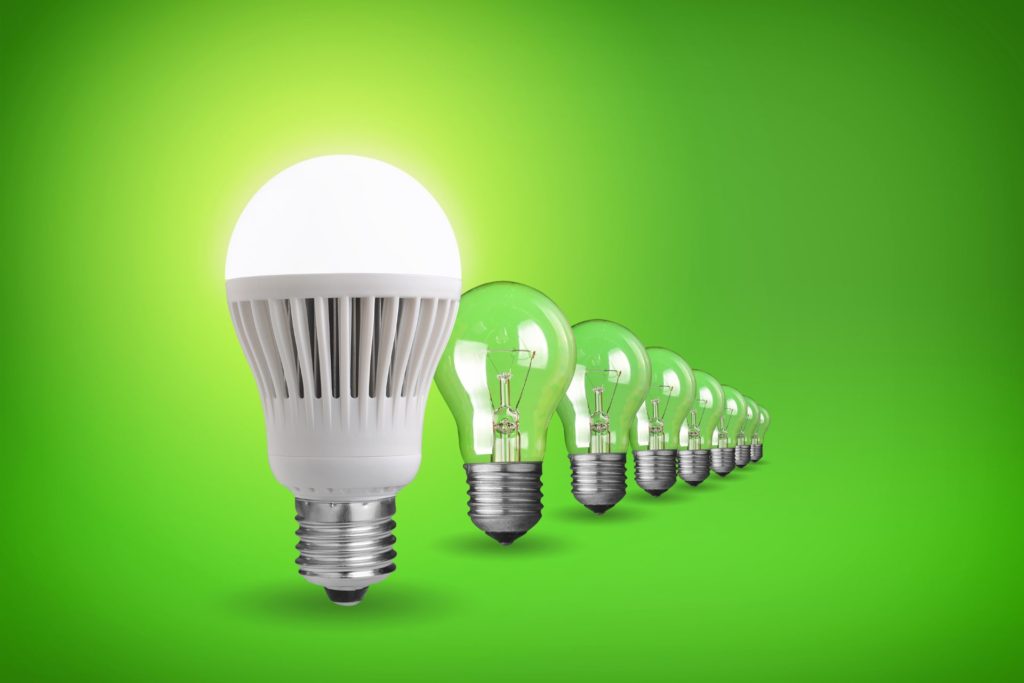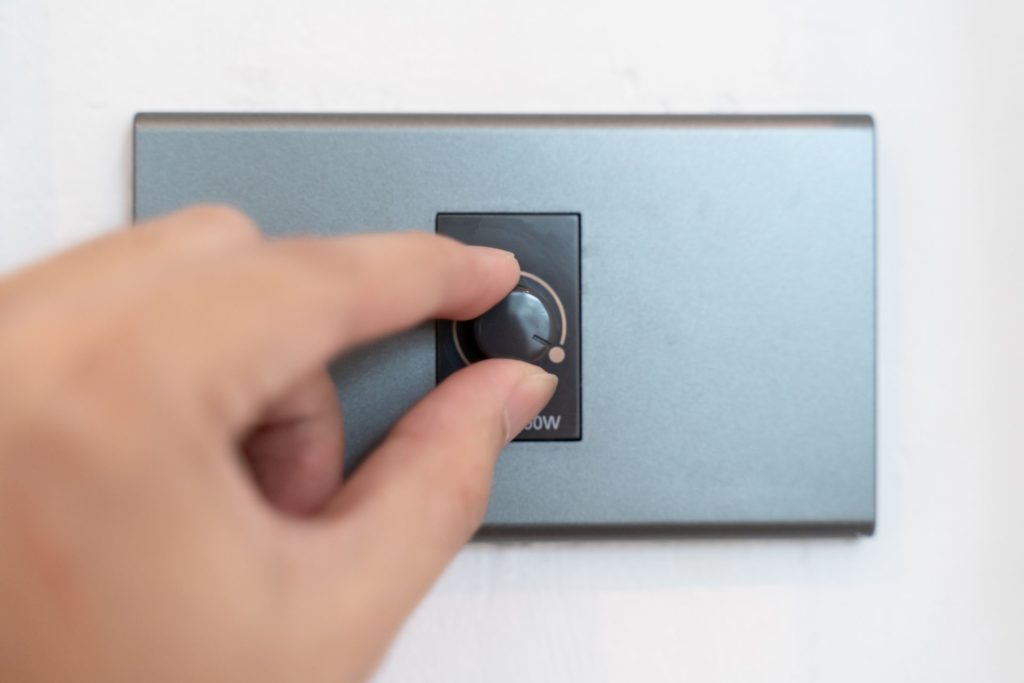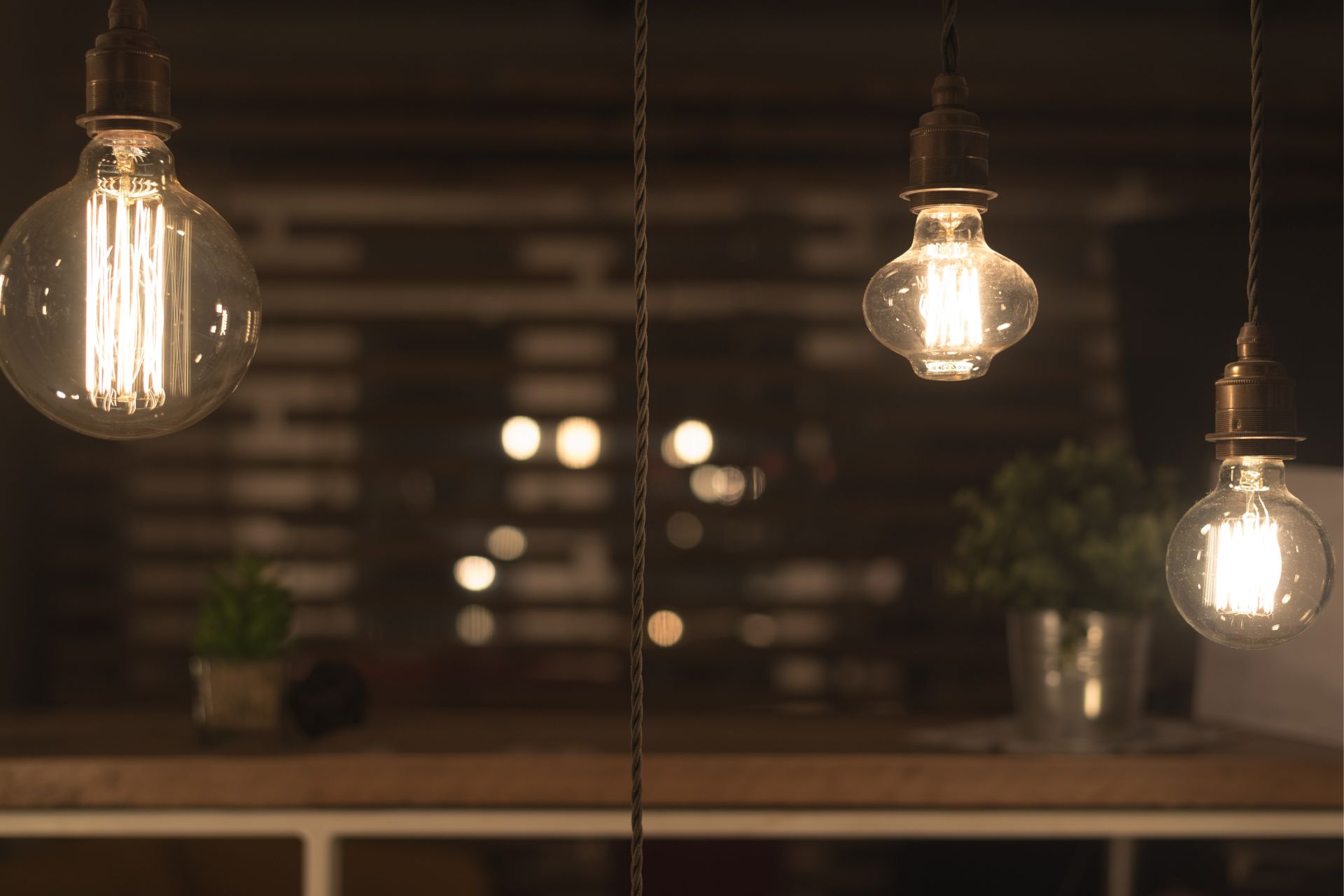Every house has a bulb. People cannot do without lights. They are probably the most essential component in a home. But that raises a question.
How Much Does It Cost to Run A 100 Watt Bulb?
Considering 12 cents per Kilowatt-hour, the cost to run a 100-watt bulb is 1.2 cents per hour, 28.8 cents per 24 hours, 876 cents per month, and 10512 cents per year
Average Cost To Run 100 Watt Bulb
| Duration | Cost In Cents |
| PER HOUR | 1.2 |
| 24 HOURS PER DAY | 28.8 |
| PER MONTH | 876 |
| PER YEAR | 10512 |
Most people do not give their bulb’s energy consumption much thought, for a good reason. Think about it. Bulbs are low-duty devices. You don’t need technical know-how to realize that bulbs consume very little electricity.
But this is where the problem lies. Many people downplay the cost of running a bulb because they don’t realize that the average home has multiple lights.
One bulb is no big deal. But most homes have a light in every room. Some of them have lights outside. Even though the cost of running one light is relatively insignificant, the cost of running multiple lights will add up.
There are many online tools that allow consumers to calculate the cost of running their bulbs. You should use these tools to determine whether or not your bulbs are costing you more than you think.
One bulb costs $103.68 annually. That is probably more money than you expected. However, it is worth noting that the bulb in question has to stay on for a whole year to cost you that much money.
And obviously, people do not keep their lights on indefinitely. They use them for a few minutes or hours at a time. Additionally, the final figure will change depending on the tariffs in your area.
Electricity is expensive in some places and cheaper in others. Keep this in mind, especially if you’ve migrated to a new location. Don’t expect the tariffs to remain the same.
Some people will scoff at the idea of spending $103.68 on a single bulb. After all, it isn’t a lot of money, not if you’re paying it every 12 months. But what if you have 12 or more bulbs? Your utility bills will increase astronomically.
You cannot take the information in this table at face value because the tariffs used to calculate these figures may differ from those in your area.
Read Cost To Run 60 Watt Bulb Per Day/24 hours/Month/Year
How To Calculate The Cost Of 100 Watt Bulb Consumes?
You can calculate the cost of running a 100W bulb in your home if you have the correct information. The most critical variable is the wattage, but you already know it. People use watts to determine the brightness of a bulb, but that is a mistake.
The brightness is measured in lumens, not watts.
This matters because LEDs use less energy than incandescent bulbs, yet their packaging displays the same wattage you see on incandescent bulbs. The objective is to show consumers how bright the bulb would be if you had an incandescent model.
For instance, a 100W LED doesn’t actually use 100 watts. However, it is just as bright as a 100W incandescent bulb. But this may create confusion among consumers who expect a 100W bulb to consume 100 watts.
Therefore, it helps to remember that lumens reveal the brightness, not the wattage.
Admittedly, you don’t need to know the lumens to calculate the cost of running the bulb. The watts are far more important. They are also the first step. Once you know the wattage, you can proceed accordingly:
1). Start by calculating the kilowatts. You get the kilowatts by dividing the watts by 1000. In this case, you would divide 100 by 1000.
2). Once you have the kilowatts, you can acquire the kilowatt hours. These calculations are equally straightforward. Get the kilowatts and multiply them by the hours.
For instance, if you want to use the bulb for 24 hours, multiply the kilowatts by 24 hours.
3). Finally, take the kilowatt hours and multiply them by the rate. This will give you the cost of usage.
Read Can I Use A 60 Watt Bulb In A 40 Watt Lamp?
Factors That Matter While Calculating The Cost Of Running 100 Watt Bulb

The most important consideration is the cost of electricity in your area. The tariffs will change depending on your region.
Some people use online calculators to determine the cost of usage. They are quick to enter the duration and wattage of the bulb. But they don’t realize that some online calculators have a default rate that they never bother to change.
They make the same mistake with the formulas they find online. For instance, you can find the cost of usage if you multiply the kilowatts by 24 hours and then 12 cents.
Some people will enter the kilowatts in that formula without changing the 12 cents. They don’t realize that any answer they get will only show them the cost of running a bulb for 24 hours if the tariff is 12 cents.
This is why it is so important to understand the formulas used to calculate the cost of usage instead of relying on online calculators.
The bulb type creates confusion because some people think it matters. But that is not necessarily true. Admittedly, the type of bulb makes a difference to your utility bill.
Incandescent bulbs are a common example. People use them because they are cheap and easily accessible. However, they use a lot of electricity. More importantly, they waste a lot of power as heat.
There’s no reason to buy incandescent bubs in this day and age. In many cases, they are the most expensive to operate. Compact Fluorescent light bulbs are better.
In fact, they are four times as efficient. But the best of the lot are LEDs. You would be hard-pressed to find a more efficient or cost-effective lighting option.
Unlike incandescent bulbs, LEDs don’t generate heat. Overheating is not a problem.
That being said, the formulas listed above do not care whether your bulb is incandescent, CFL, or LED. They are only concerned about the wattage. For that reason, the bulb type doesn’t really matter.
Read Can I Use 220v Light Bulb In 110v?
Is There Any Way To Decrease The Running Cost?
1). Use LEDs
Use more efficient bulbs. Use LEDs where possible, and if you can’t find LEDs in your area, get CFLs. Avoid incandescent bulbs. They are not worth the trouble. LEDs cost a fraction of what you usually spend on incandescent lighting.
2). Limit the hours of usage.
Switch the lights off when you don’t need them. Rely on natural lighting during the day. Don’t waste energy on lighting when the sun is shining brightly.
If you’re in the process of constructing your home, make the house light-efficient. Add larger windows that allow more light to illuminate the interior. Prioritize designs that limit your reliance on artificial lights during the day.
Some people have to keep the lights on even on the brightest days because their homes are still dark during the day.
3). Use Dimmers

Some homeowners think dimmers only serve a purpose when you want to alter the ambiance, but that is not true. If you have to keep the lights on for longer than expected, you can save money with dimmers by reducing the brightness.
If you can get by with dimmer lighting, reduce the brightness. Don’t waste energy on maximum brightness when you don’t need it.
4). Use Low Wattage Bulbs
Buy low-wattage bulbs. They use less energy. This option is perfect for people that can’t afford dimmers. You should also replace your high-wattage bulbs with low-wattage options if you keep relying on the dimmer.
An over-reliance on the dimmer proves that your lighting is unnecessarily bright.

